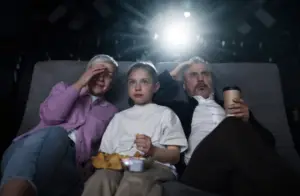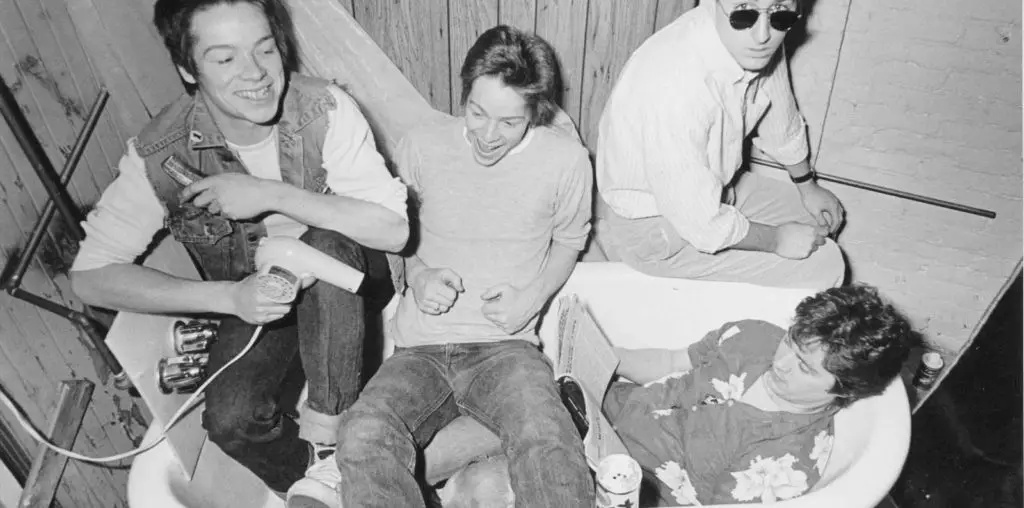
Learn how movies create excitement through games, suspense, music, and lighting. These techniques captivate viewers and make each story unforgettable.
Movies grab attention by stirring emotions. Filmmakers excel at creating excitement, a powerful tool to engage viewers. Tension-filled moments, like daring games or intense action, keep audiences hooked. These thrilling scenes make stories unforgettable. By blending suspense and emotion, movies transform simple plots into gripping, memorable experiences that captivate and entertain.
Creating Suspense with Games
Movies often use high-stakes games to create excitement. A popular example is casino scenes where characters risk everything for the chance to win big. These moments heighten the tension and keep viewers engaged. The appeal of games like poker or roulette taps into the universal thrill of chance.
For those inspired by such scenes, online casinos offer opportunities to experience this thrill. Players can use free chips online casino that add an element of fun to the game without significant risks. Such platforms create a virtual space where the excitement of a casino mirrors that of movies. The cinematic excitement of games becomes more real when combined with real-life experiences, making the connection even more exciting.

Thrilling Action and Chases
Action scenes are another way in which movies capture excitement. Explosions, car chases, daring escapes, and hand-to-hand combat generate adrenaline, drawing viewers into the heart of the action. Directors carefully plan these sequences so that they seem fluid and urgent. Using quick edits, intense background scores, and unpredictable twists, they make every moment seem like a life or death scenario.
Spy movies like Casino Royale are a prime example of mixing action and excitement. From parkour chases to high-stakes card games, every scene is designed to keep the audience engaged. The fast pace keeps viewers glued to the screen, unable to predict what will happen next. These action moments aren’t just spectacular; they also advance the plot and deepen character development. By combining dynamic visuals with high-stakes storytelling, films create unforgettable moments of excitement that resonate with audiences long after the credits roll.
Characters at Risk
Excitement often comes from characters in high-risk situations. Filmmakers skillfully create tension by making the stakes personal and showing what the characters stand to lose. Whether it’s life, liberty, or fortune, these moments resonate with audiences, creating emotional investment. High-stakes situations heighten the excitement as viewers become involved in the characters’ struggles and root for their success.
Heist movies are a great example. Careful planning, unexpected challenges, and last-minute improvisations create a rollercoaster of emotions. Every twist keeps viewers guessing, heightening the thrill. Films like Ocean’s Eleven feature characters navigating complex schemes where the margin for error is slim. As the plot unfolds, viewers are taken on a journey of intrigue and surprise. By focusing on relatable emotions like fear, hope, and determination, these films maintain excitement while telling stories that feel authentic and compelling.

The Power of Music and Lighting
In movies, music and lighting heighten the atmosphere of excitement. Dynamic music emphasizes the intensity of scenes. Dim lighting adds tension and mystery. These elements work together to influence the emotions of the audience.
Directors often use these techniques:
- Eerie soundtracks in horror movies keep the audience on edge.
- Sudden sounds increase the scary effect.
- Shadows and flickering lights create an atmosphere of anxiety.
Even in other genres, music and lighting play an important role. Triumphant music makes the climax brighter. Soft melodies increase the tension at important moments. Visual and audio elements help the audience feel what is happening. Every moment seems more alive. These techniques help films remain gripping and memorable.
Real Life Inspiration
Movies often take ideas from real events to increase tension. Such stories make the plot more believable and exciting. Viewers are more moved by the events that actually happened.
Examples of such stories:
- Casino movies like “21” combine real history with drama.
- Sports dramas like “Moneyball” show fortitude and success against the odds.
- Survival stories highlight the struggle to survive in extreme conditions.
These stories inspire by showing familiar situations from an unexpected angle. Directors combine fiction and reality, creating a connection with the audience. The tension is heightened and the stakes seem higher. Real stories make movies vivid and memorable. They evoke emotions and immerse the viewer in the events. These films stay in the memory, inspiring with their sincerity and drama.
Conclusion
Movies do a great job of creating excitement by mixing suspense, action, music, and sympathetic characters. From thrilling games to high-stakes heists, they know how to captivate audiences and keep them emotionally engaged. Techniques like dynamic lighting, immersive soundtracks, and real-life inspiration further heighten the excitement, making every moment unforgettable. Filmmakers create excitement by tapping into universal emotions like fear, hope, and anticipation. This emotional connection ensures that viewers remain captivated until the end. Whether it’s a thrilling chase or a tense card game, the excitement of a story lingers long after the screen goes dark. By understanding how these techniques work, viewers can understand why certain films resonate so deeply, turning simple stories into extraordinary cinematic experiences.


